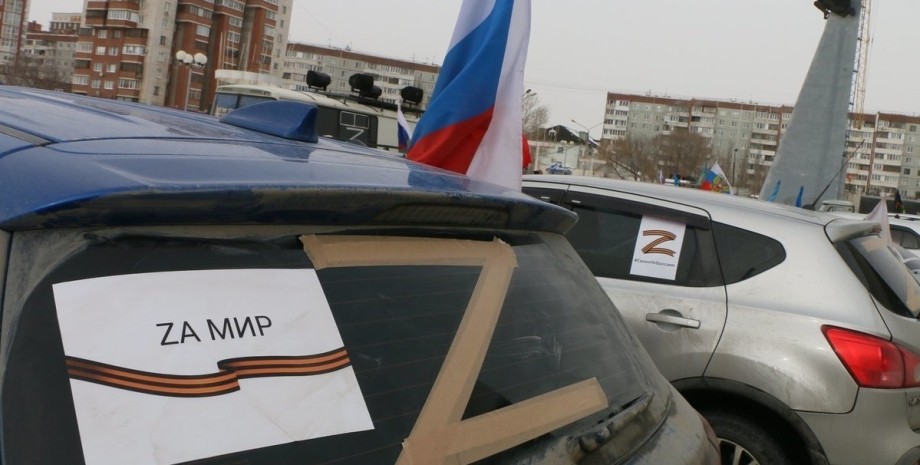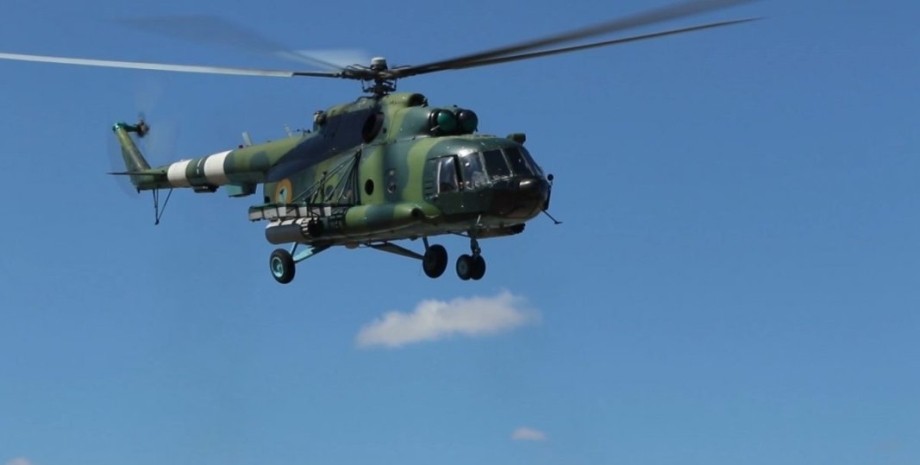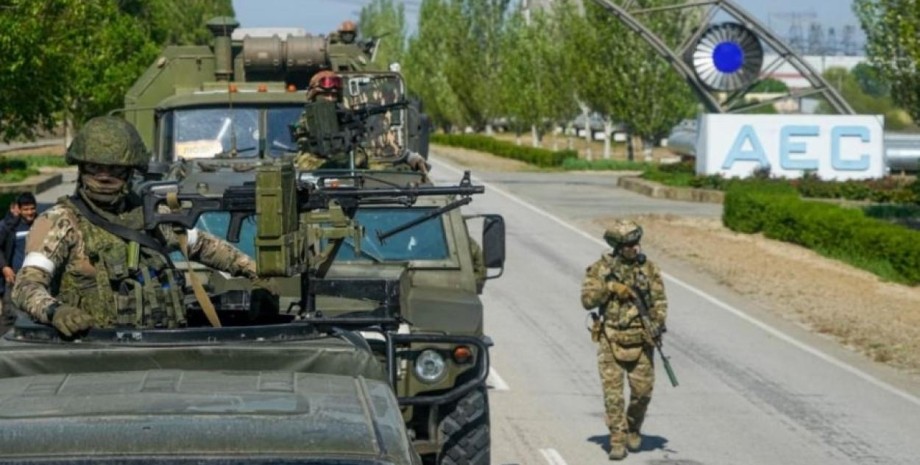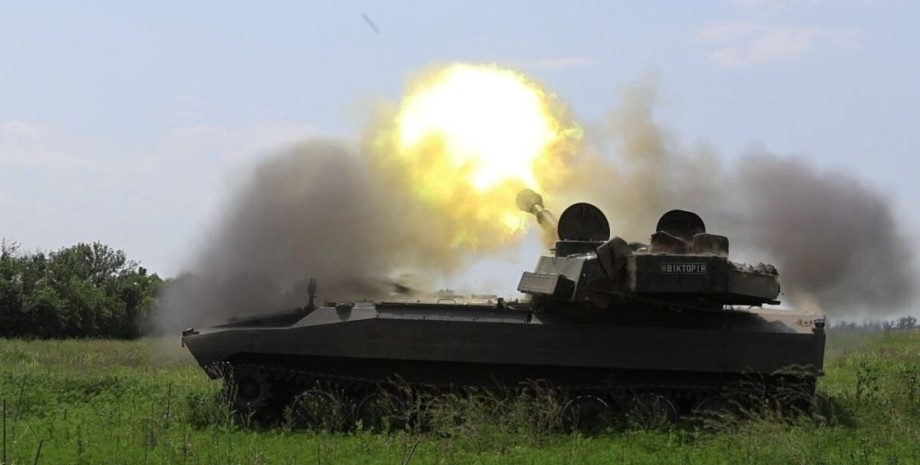
 By Natali Moss
By Natali Moss
The start was made from 9 Tu-95MC aircraft and, unexpectedly, two Tu-160. That is, roughly speaking, from starting 1-2 rockets from one carrier. This once again confirms that the average load on the media X-101 is now 2-4 missiles, so no launches more than 100 rockets are said. Even when there were 17 TU-95MC rocket launchers in the air, I was waiting for 34 to 68 rockets.
But, as we can see, not all TU-95MCs were involved, which does not deny their distracting role as in this, yes, by the way, in the past, plaque. It does not deny the fact that they were empty. The invaders lift the maximum that they can fly to mislead our air defense on possible rocket flight trajectories. It is clear, because the information about the take-off of the first TU-95MC from Olenia, Murmansk region, came at 21: 45-21: 50, that is-no surprise.
By 22:00, the number of Tu-95mm in Russia's airspace was 7, and by 23:00 there were already 14. In fact, the Russians are now under the supervision of the first minutes of lifting their aviation into the air. They understand this, so they raise false goals for observation. Russian strategic aviation as a plate and no surprise factor, it is no longer able to implement. This greatly limits the possibility of operating it during periods of rocket strokes in Ukraine, especially so predictable.
It is possible to evaluate the current rocket strike in Ukraine differently, but I see the obvious not only of missile deficiency from the occupiers, but also clear problems with wear and tear from carriers, which I am more convinced. In this regard, the moles are trying to experiment to increase the efficiency of strokes. The question of limited BC remains unanswered.




















Všetky práva vyhradené IN-Ukraine.info - 2022